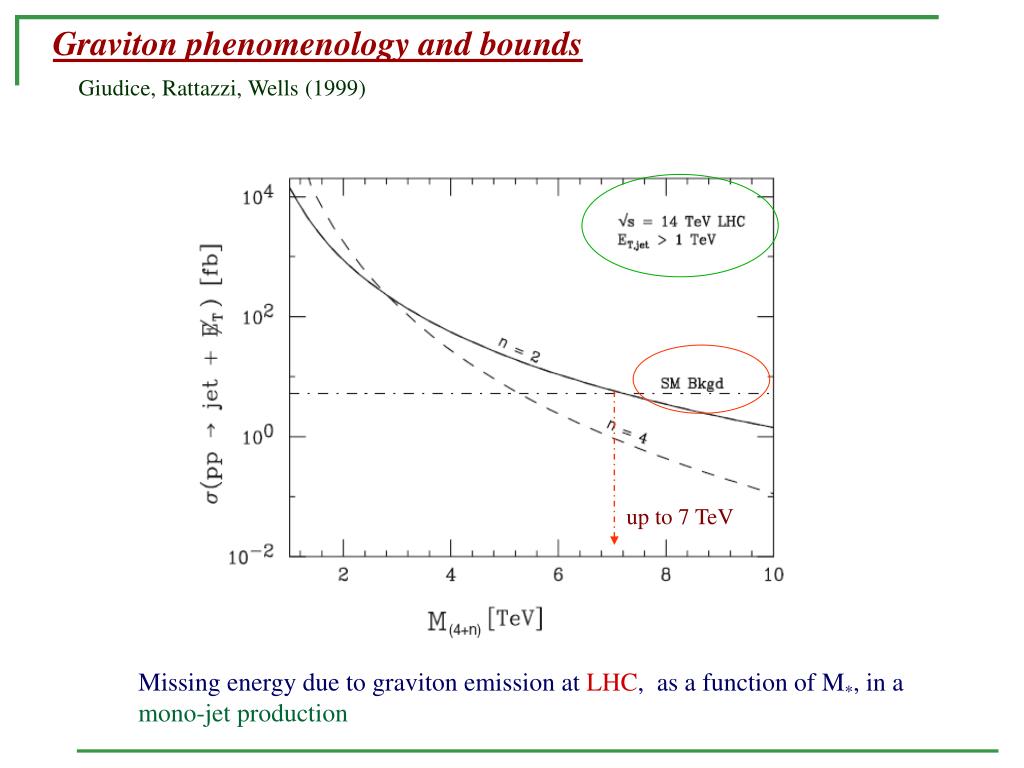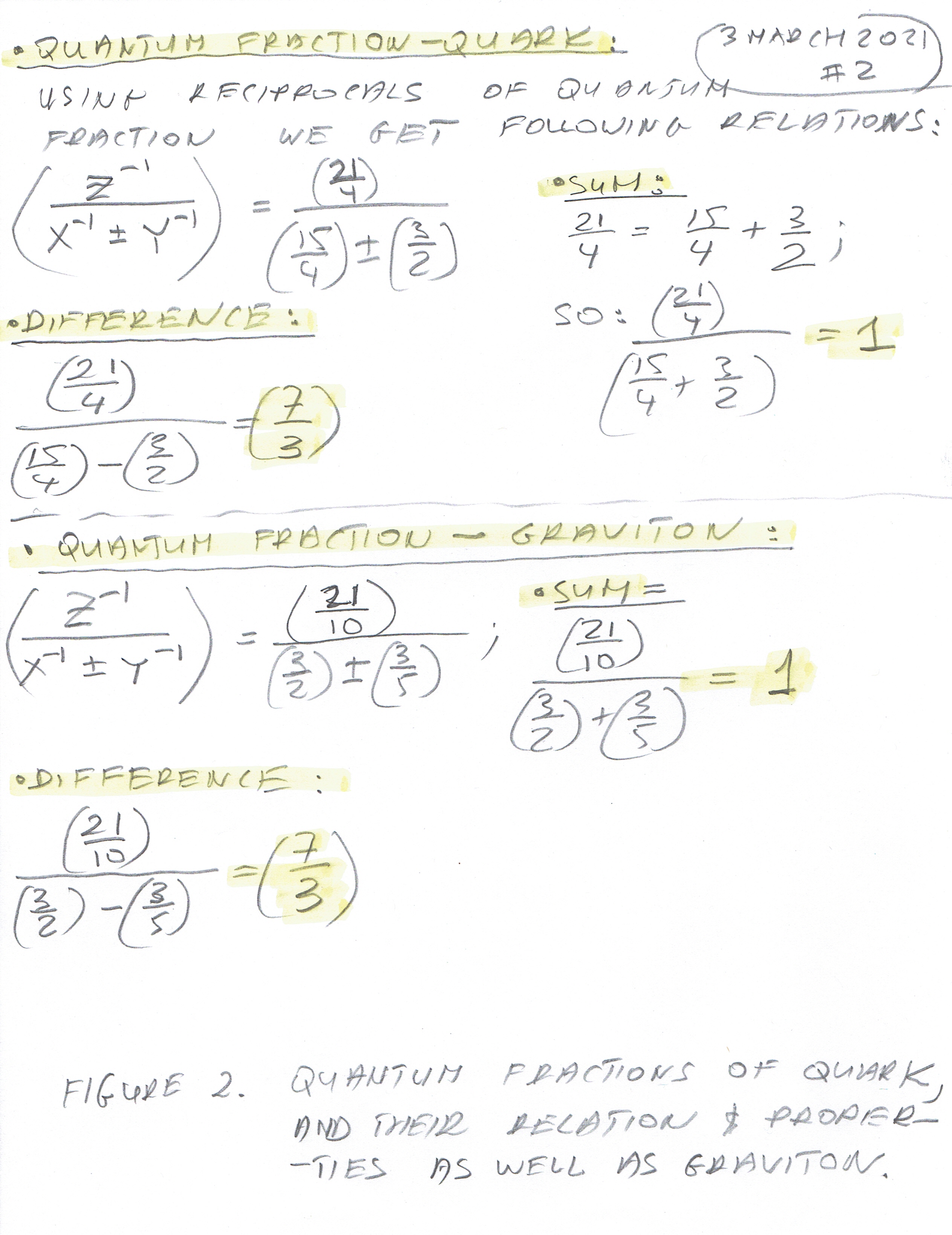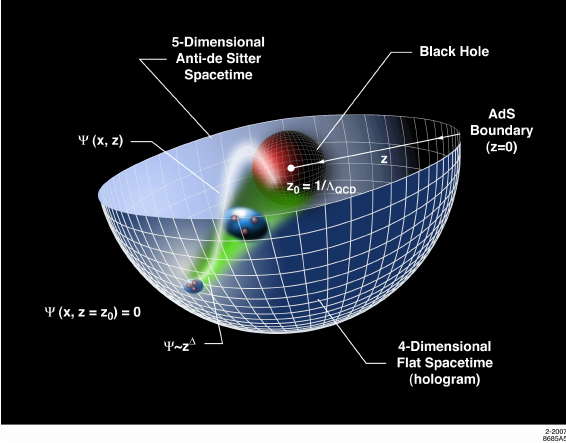

Thanks to the well-constructed detectors at the Large Hadron Collider and the Tevatron, we can measure the angle between each quark and the boson. Thanks to the Law of Conservation of Momentum, we can calculate the angle between each quark and the boson. In all three cases, the predicted boson can decay into a b quark (b) & anti-b quark ( b) pair, which you can see in the Feynman diagrams in figure 2. Now, here is where awesome things happen. If something has been been discovered, chances are it is the higgs boson but how do we know? This brings us all the way back to our $10/€7 billion question: If the experiments have found something, how do we know that it is the higgs boson and not a Z’ boson or a graviton? Now I want to be clear: It is insanely unlikely that the new discovery is a Z’ or a graviton, if there is a new discovery at all. The surprising news was that it might have been found but we will not know for sure until the end of 2011/beginning of 2012. In July, at the European Physics Society conference, the CDF & DZero Experiments, associated with the Tevatron Collider in Illinois, USA, and the CMS & ATLAS Experiments, associated with the Large Hadron Collider, in Geneva, Switzerland, reported their latest results in the search for the higgs boson. Feynman Diagrams representing a higgs boson (left), Z’ boson (center), and graviton (right)ĭecaying into a b quark (b) & anti-b quark ( b). This will be really important in a few paragraphs but quickly let’s jump back to the higgs story.įig 2. The higgs boson does not carry any, so we call it a “spin 0” boson the Z’ boson carries a specific amount, so it is called a “spin 1” boson and the graviton carries precisely twice as much angular momenta as the Z’ boson, so the graviton is called a “spin 2” boson. A key property that distinguishes each type of boson from the others is the intrinsic angular momentum they each carry. Interestingly, all three types of theories (the Higgs Mechanism, matter/antimatter, and quantum gravity) generally predict the existence of a new boson, namely, the higgs boson, the Z’ boson (pronounced: zee prime), and the graviton. Unfortunately, the leading explanations for the huge disparity between matter & antimatter, as well as a theory of gravity at the quantum level, have not been as successful. It is worth nothing that when using the Higgs Mechanism to explain the masses of the bosons, no new particle is predicted. Physicist believe that the Higgs Mechanism may explain the fermion masses is because this same mechanism very accurately predicts the masses for the other bosons ( red boxes in figure 1). The leading explanation for how fermions ( blue & green boxes in figure 1) have mass is called the Higgs Mechanism and it predicts that there should be a new particle called the higgs boson ( red box at bottom of figure 1). Three phenomena that are not fully explained, among many, are: (1) how do fermions ( blue & green boxes in figure 1) obtain their mass (2) why is there so little antimatter (or so much matter) in the Universe and (3) how does gravity work at the nanoscopic scale? These are pretty big questions and over the years theorists have come up with some pretty good ideas.


In fact, the best way to describe the theory is to say that it is incomplete. (Image: AAAS)Īs great as the Standard Model is, it is not perfect. The fundamental building blocks are known as fermions and the particles which mediate interactions between fermions are called bosons. The Standard Model is composed of elementary particles, which are the fundamental building blocks of the Universe, and rules dictating how the particles interact. Additionally, this short Guardian article does a great job explaining fermions & bosons.įig 1. The fundamental particles that make up the SM, and hence our Universe, are shown in figure 1 and you can learn all about them by clicking on the hyperlink a sentence back. The Standard Model of Particle Physics (or SM for short) is the name for the very well established theory that explains how almost everything in the Universe works, from a physics perspective at least. Okay, I suppose I should back up a little an add some context. Plainly and simply, if the ATLAS & CMS collaborations find something at the end of this year it will take a little more data to know we are definitely dealing with a higgs boson. It’s the $10 billion question: If experimentalists do discover a bump at the Large Hadron Collider, does it have to be the infamous higgs boson? Not. Updated: Monday, 2011 August 29, to clarify shape of angular distribution plots.


 0 kommentar(er)
0 kommentar(er)
